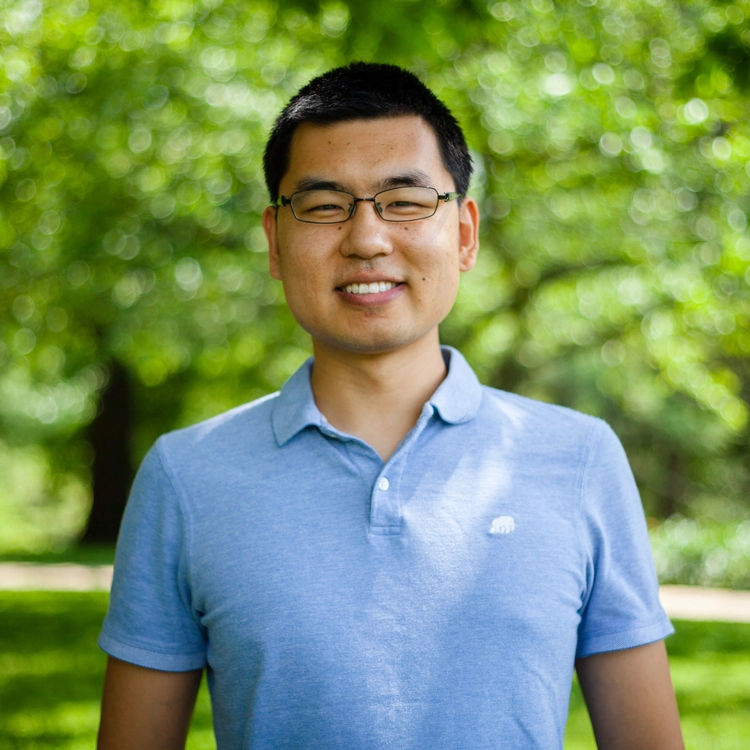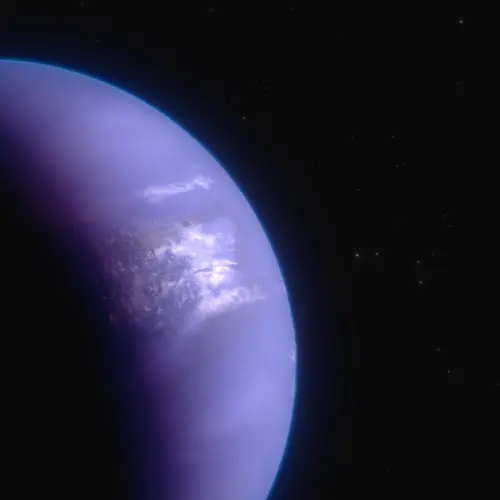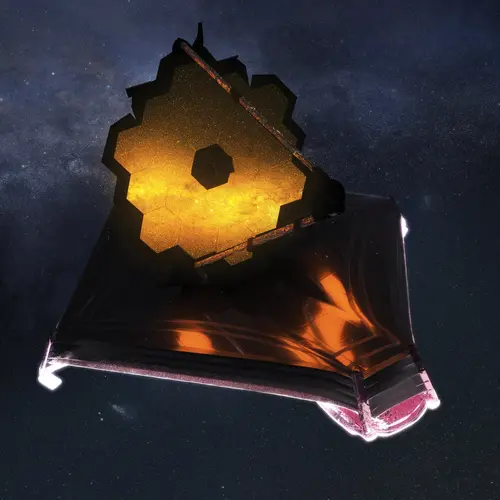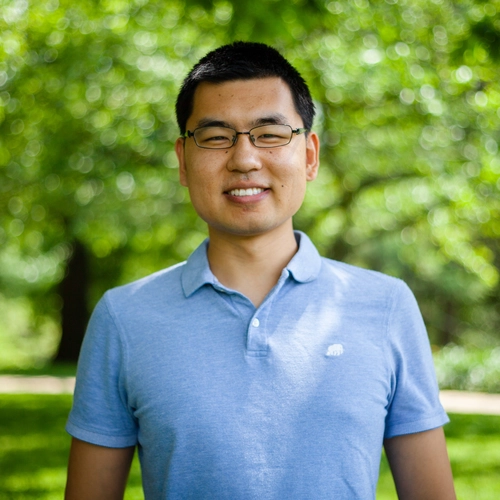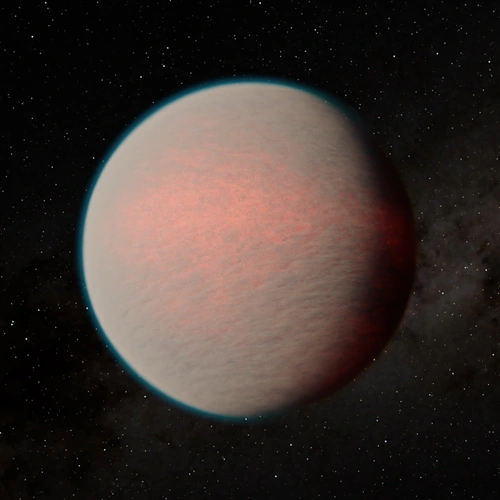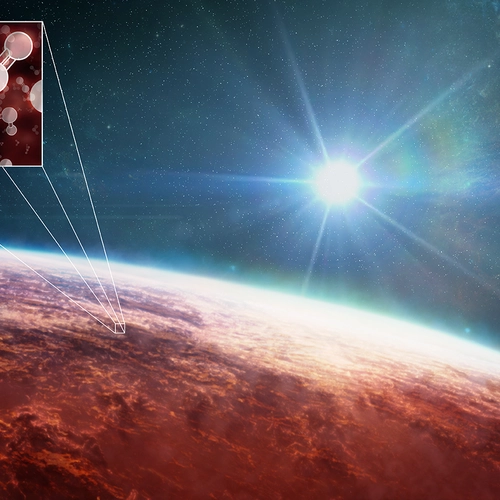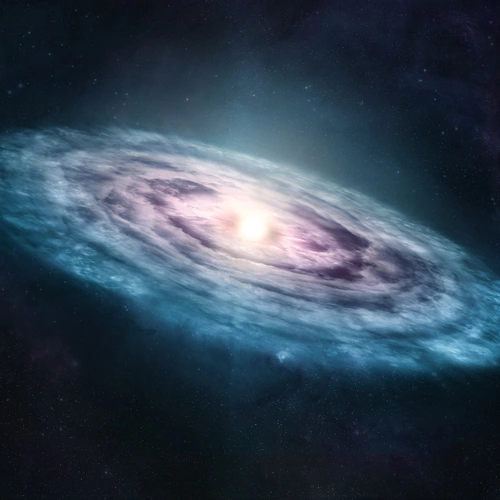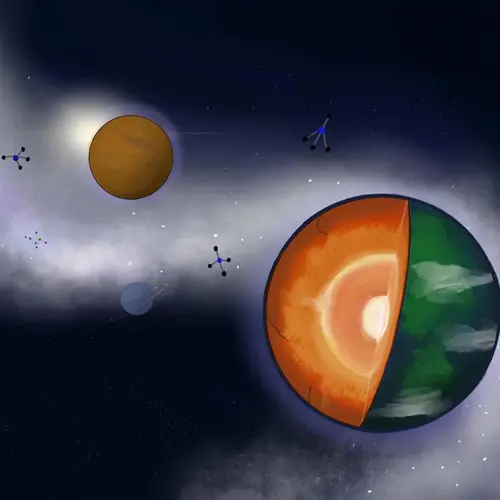Overview
Peter Gao's research interests include planetary atmospheres; exoplanet characterization; planet formation and evolution; atmosphere-surface-interior interactions; astrobiology; habitability; biosignatures; numerical modeling.
Gao has been a part of several exploratory teams that investigated sulfuric acid clouds on Venus, methane on Mars, and the atmospheric hazes of Pluto. He also creates models that apply knowledge of photochemistry and cloud physics to help characterize the atmospheres of exoplanets and brown dwarfs, which are sometimes called failed stars, because they are not able to sustain hydrogen fusion.
He earned his Ph.D. in planetary science from Caltech and spent a year as a NASA Postdoctoral Program Fellow at NASA Ames Research Center, three years at UC Berkeley as a 51 Pegasi b Postdoctoral Fellow, and one year at UC Santa Cruz as a NHFP Sagan Postdoctoral Fellow. His bachelor’s degree in physics is from the University of British Columbia, Canada.
Research
Detailed exploration of the atmospheres of Solar System bodies has allowed for unsurpassed discoveries and surprises. Gao has led and been a part of several investigations into the current unsolved mysteries of these familiar places, including the sulfuric acid clouds of Venus, the puzzling presence of methane on Mars, the complex chemistry of Titan, and the ethereal hazes of Pluto.
Peter Gao will use his observing time on James Webb Space Telescope (JWST) to improve our knowledge of a type of cotton candy-like planets called super-puffs, which “have masses of only a few times that of Earth, but sizes like those of the giant planets in the Solar System,” he explains.
Gao hopes that the revolutionary space telescope will enable him to reveal the underlying explanation for the unusual densities of this enigmatic class of exoplanets.
JWST Program InformationThe quest to characterize the atmospheres of exoplanets and brown dwarfs has accelerated in recent years thanks to new observing strategies and methods of analysis. In support of the deluge of data from current and future telescopes, Gao has conducted several modeling studies that apply what we have learned about photochemistry and cloud physics in the Solar System to these distant worlds.
CV
- PhD, Planetary Sciences, California Institute of Technology, 2017
Thesis: Clouds and Hazes in Planetary Atmospheres - MS, Planetary Sciences, California Institute of Technology, 2014
- BSc, Physics, University of British Columbia, 2010
- 2020, NHFP Sagan Fellowship
- 2019, Yuxiang Early Career Award
- 2017, NASA Group Achievement Award
- 2016, 51 Pegasi b Fellowship
- 2016, NASA Postdoctoral Program Fellowship
- 2016, Kavli Summer Program in Astrophysics Fellowship
- 2015, AGU Outstanding Student Paper Award
- 2015, DPS Hartmann Travel Grant
- 2015, CESASC Scholarship
- 2015, AAS International Travel Grant
- 2014, NASA Astrobiology Institute Scholarship
- 2013, VEXAG 11 Student Travel Grant
- 2012, CPS 9th International School of Planetary Science Travel Fund
- 2010, NSERC Undergraduate Student Research Award
- 2009, Dean of Science Scholarship
- 2008, Volkoff Scholarship in Science
- 2007-2009, Trek Excellence Scholarship for Continuing Students Scholarship
- 2007-2008, Thomas and Evelyn Hebb Memorial
- 2007, Charles and Jane Banks Scholarship
- 2005, British Columbia Government Scholarship
- 2021 – Present, Staff Scientist, Carnegie Institution for Science Earth & Planets Laboratory
- 2020 – 2021, NHFP Sagan Fellow, University of California, Santa Cruz 51
- 2017 – 2020, Pegasi b Postdoctoral Fellow, University of California, Berkeley
- 2016 – 2017, NASA Postdoctoral Program Fellow, NASA Ames Research Center
- 2016, Kavli Summer Program Fellow, University of California, Santa Cruz
- 2014, NAI Santander Summer School Scholar, Santander, Spain
- 2010 – 2016, Graduate Research Assistant, California Institute of Technology
- 2010, NSERC Undergraduate Research Assistant, University of British Columbia
Photos & Media

Carnegie astronomer Peter Gao talks about how JWST will drive discovery.
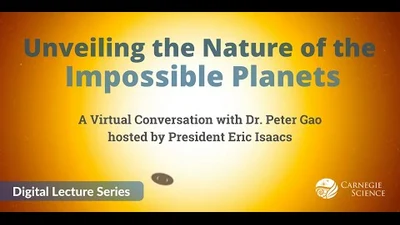
Unveiling the Nature of the Impossible Planets: A Virtual Conversation with Peter Gao
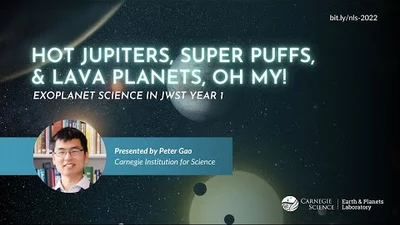
Hot Jupiters, Super Puffs,& Lava Planets, Oh My! Exoplanet Science in JWST Year 1
